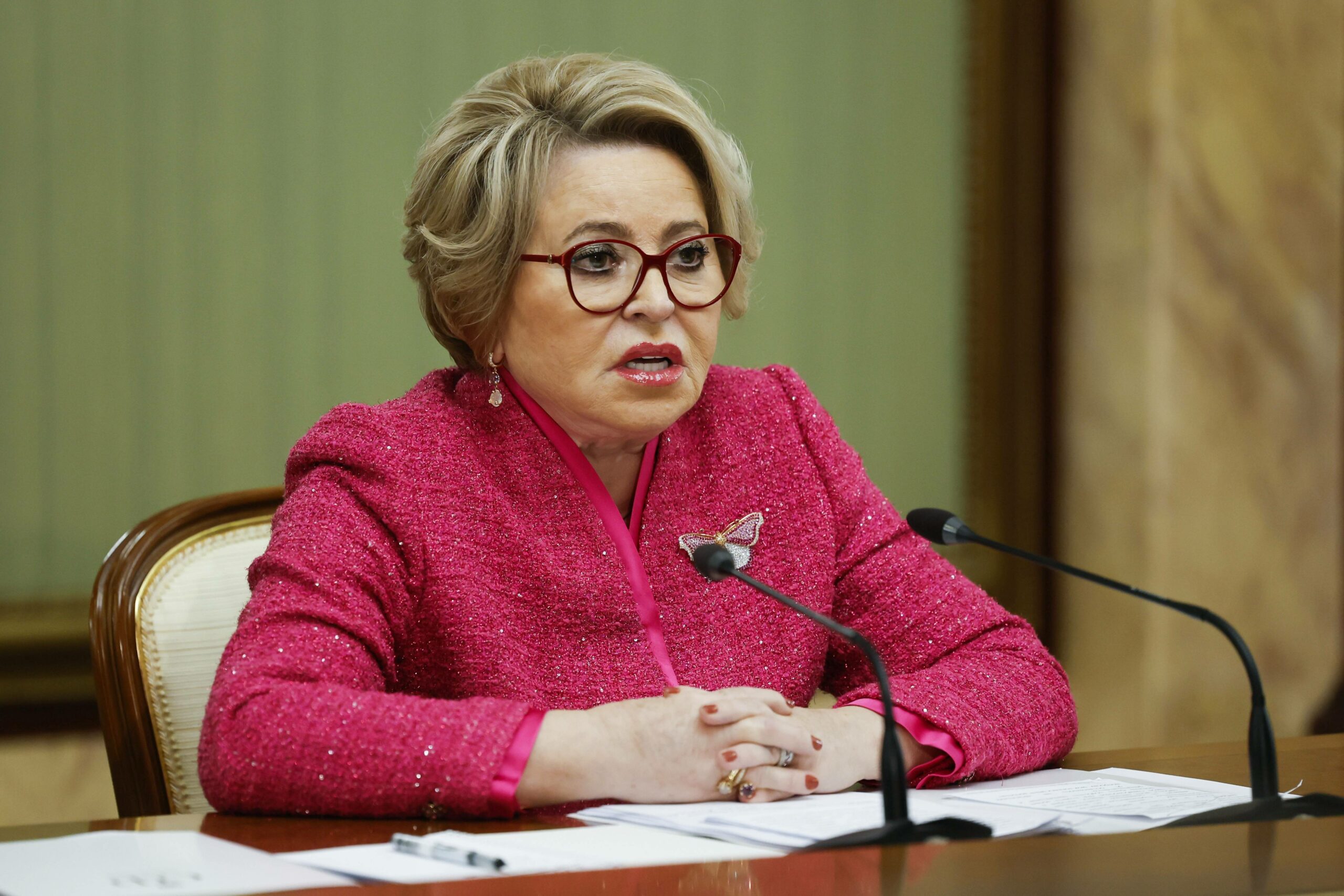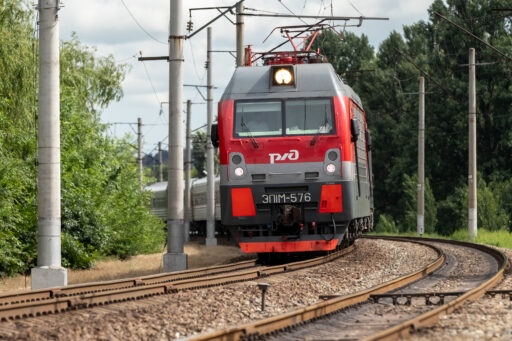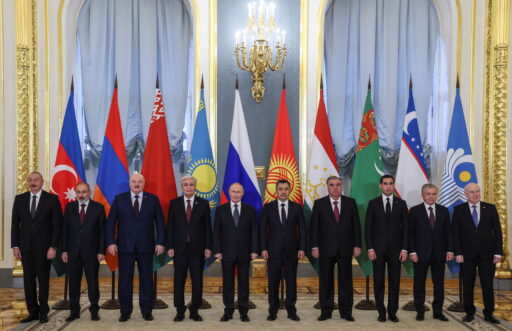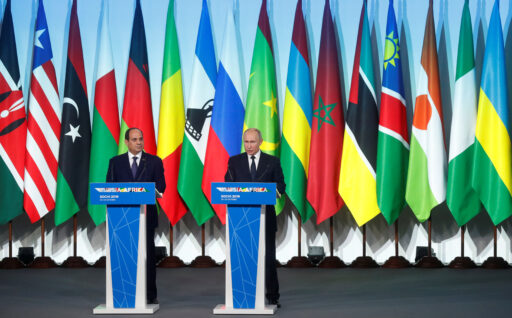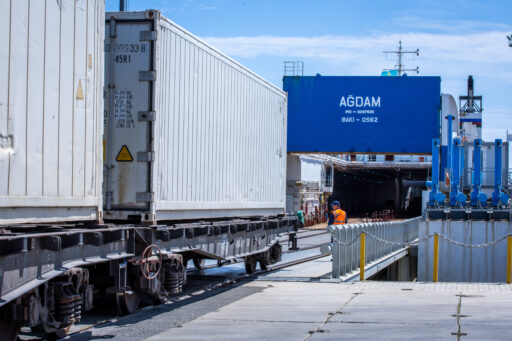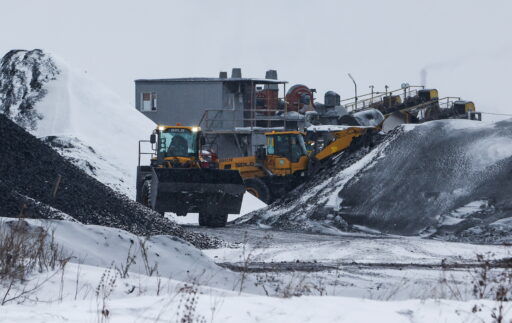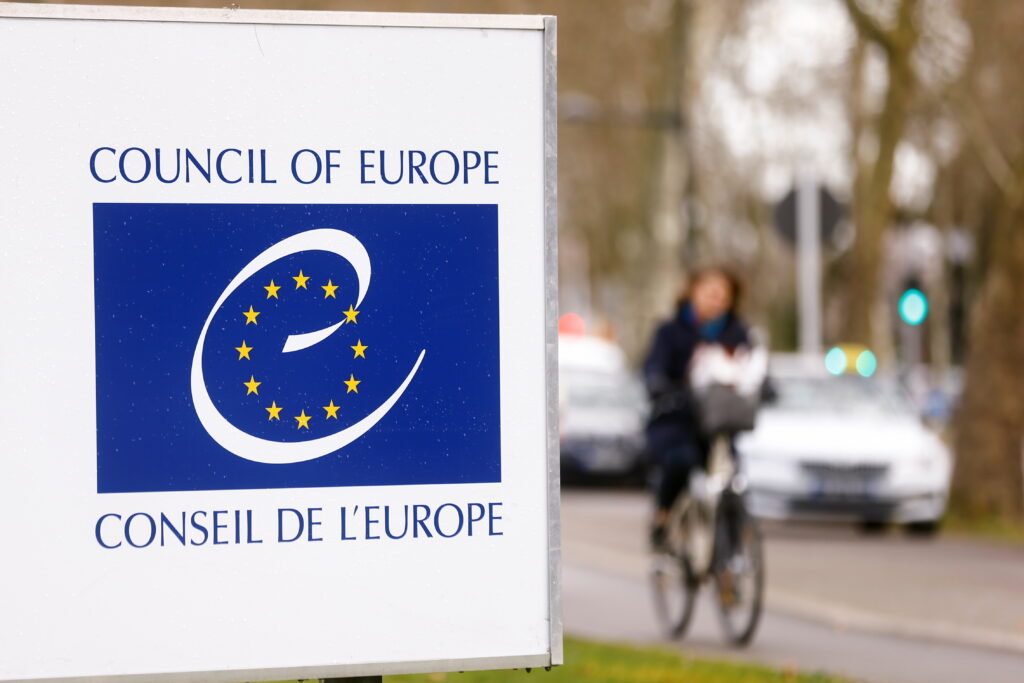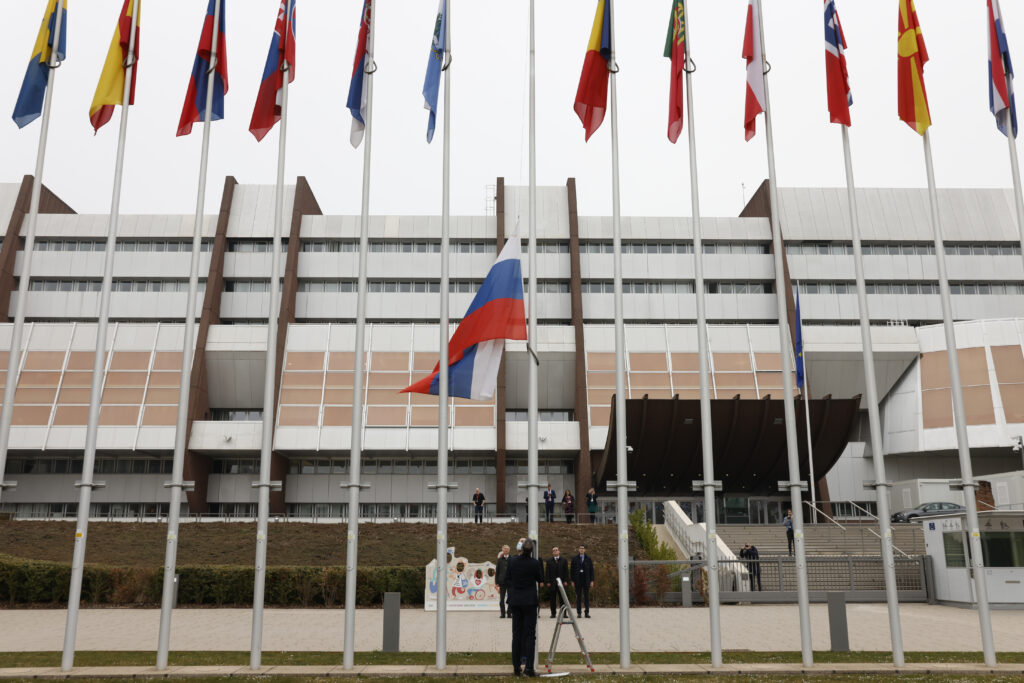The visit of Valentina Matviyenko, Speaker of Russia’s Federation Council, to Switzerland from July 29−31, 2025, sparked outrage among Russian political émigrés and Ukraine. Accusations and protests arose over a sanctioned individual being allowed to visit and speak in a European country. However, this reaction largely stems from a misunderstanding of the nature and mechanisms of sanctions. Sanctions are not an automatic mechanism but a politico-legal tool applied based on the will of the imposing state, balancing strict legal norms with political expediency.
Diplomatic Immunity vs. Sanctions
Since the early 2010s, Western countries have gradually imposed personal sanctions on Russian officials, starting with the U.S. Magnitsky Act (2012) in response to the death of lawyer Sergei Magnitsky, which became a basis for targeted restrictions for serious human rights violations. Sanctions expanded after Russia’s annexation of Crimea in 2014, targeting politicians, military officials, security forces, and businesspeople involved in the occupation of Ukrainian territories. Further waves followed in 2016−2018 due to Russia’s interference in U.S. presidential elections, including cyberattacks, disinformation campaigns, and hacking of Democratic Party servers. These measures targeted Russian intelligence officers (e.g., GRU), cyber groups, and related organizations. In 2018, new sanctions were imposed after the poisoning of former spy Sergei Skripal and his daughter in Salisbury. Another package came in 2020 following the poisoning of Alexei Navalny. The culmination was the unprecedented sanctions after Russia’s full-scale invasion of Ukraine in 2022, targeting thousands of officials, judges, security personnel, oligarchs, banks, companies, state institutions, Central Bank reserves, and critical exports. By 2024, global sanctions related to the Ukraine war targeted 16,000 individuals, 9,000 businesses, and 3,000 organizations.
Sanctions lists in the EU, U.S., and UK differ significantly in scope, composition, and formation logic, despite regular coordination. The U.S. adopts the broadest and most decisive approach, with decisions made by the Treasury (OFAC) and State Department, requiring minimal evidence for swift inclusion of individuals, intermediaries, shell companies, and sanction-evaders. The EU, requiring consensus among member states, acts more cautiously but on a larger scale, often targeting symbolic figures like Russian MPs or governors. Post-Brexit, the UK developed its own sanctions framework, blending U.S.-style flexibility with EU-style institutional focus, targeting specific sectors or individuals linked to repression or sanctions evasion. As a result, lists overlap only partially: the U.S. focuses on global networks, the EU on institutional structures, and the UK on «targeted strikes.»
Despite strict sanctions, some Russian elites continue to attend international forums and visit countries that formally banned them. This apparent contradiction arises from the intersection of sanctions with international legal obligations of states hosting multilateral platforms like the UN, OSCE, or Inter-Parliamentary Union (IPU). While EU or U.S. sanctions prohibit entry, they include exemptions allowing—or sometimes requiring—host states to grant access for official events under international organizations’ auspices. Such exemptions are typically formalized through temporary, limited visas. These apply not only to diplomats but also to other officials, like parliamentary speakers or ministers. Decisions are made case-by-case, at the host’s discretion, creating a flexible and often inconsistent sanctions application in diplomacy.
From February 2022 to August 2025, some Russian diplomats made limited trips to the U.S. and Europe, mainly for UN events. The 1947 UN Headquarters Agreement obliges the U.S. to allow entry for UN member state representatives, including sanctioned individuals, for UN activities. For instance, Sergei Lavrov attended UN General Assembly sessions in New York in 2022, 2023, and 2024, and chaired Security Council meetings in April 2023 and July 2024.
The U.S. can deny entry if deemed a national security threat, as seen with Yasser Arafat in 1988, Iran’s Hamid Aboutalebi in 2014, and Mohammad Javad Zarif in 2020. However, no such measures were applied to Lavrov post-2022.Still, Lavrov faced barriers in Europe. His March 2022 Geneva visit was canceled due to EU airspace closure, forcing remote participation in UN events. Poland denied him entry to an OSCE meeting in Łódź in December 2022, citing sanctions. Yet, Deputy Foreign Minister Sergei Ryabkov spoke in Geneva in March 2023, and Lavrov attended an OSCE meeting in Malta in December 2024, enabled by a temporary derogation as Malta was obliged to allow OSCE member states’ participation. These cases show sanctions are applied situationally, with hosts allowing or denying entry based on perceived utility.
Matviyenko’s Case
Valentina Matviyenko’s EU entry ban, like those of other Russian officials, falls under the EU’s Common Foreign and Security Policy (Decision 2014/145/CFSP), requiring member states to block entry or transit for listed individuals. However, this regime allows mandatory or discretionary exemptions, particularly for international obligations like hosting UN or IPU events. When Matviyenko attends such events in the EU, the host state may grant entry, either as a mandatory exemption (per international obligations) or a discretionary one (if deemed beneficial to sanctions’ goals, like fostering dialogue). Decisions are made by the host government, often after EU consultation, with limited visas and strict itineraries. Thus, entry bans are not absolute and can be temporarily lifted.
Matviyenko’s Switzerland visit intersects EU and Swiss sanctions regimes. Switzerland, not an EU member, adopted anti-Russia sanctions in 2022. Swiss authorities and the IPU explained that sanctioned individuals were allowed for Geneva conferences. The Swiss State Secretariat for Migration and Foreign Ministry confirmed that entry could be permitted for international events.
IPU Secretary-General Martin Chungong emphasized the political goal of the event—to create a platform for potential dialogue between Russian and Ukrainian delegations. He noted that the IPU aims to organize bilateral meetings and indicated that one possible topic for discussion could be the return of Ukrainian children taken to Russia during the war. According to Chungong, both sides recognize the importance of efforts to reunite children with their families, and such humanitarian issues require open parliamentary channels and the personal involvement of officials. In turn, at Switzerland’s request, Italy and France allowed Matviyenko’s plane to fly through their airspace.
What this means for current Russia-Europe relations
EU countries demonstrated relative unity in imposing initial sanctions against Russia in the winter-spring of 2022. However, by 2025, Russia has found numerous ways to bypass restrictions or engage in targeted cooperation with individual states. In this context, Valentina Matviyenko’s visit should be viewed alongside, for example, the EU’s exclusion of Patriarch Kirill, Russia’s UN representative Vasily Nebenzya, and Russian Sports Minister Mikhail Degtyarev from sanctions in 2024−2025. These exemptions were made possible due to Hungary’s insistence on removing these individuals from EU sanctions lists.
The sanctions mechanism initially included exemptions, allowing EU member states to independently decide on entry bans or permissions. In December 2022, Poland refused entry to Sergey Lavrov, declaring him persona non grata, and was fully within its rights to do so. Meanwhile, in December 2024, Malta had legal grounds to seek Lavrov’s admission to its territory. Moscow’s ability to informally negotiate with certain EU countries does not negate the sanctions policy but highlights its dependence on the decisions of individual states.
Until the Russia-Ukraine war is resolved, significant increases in Russian officials’ visits to Europe are unlikely. However, as the conflict de-escalates, the EU’s unity in maintaining the sanctions regime may gradually weaken. The cases of Matviyenko and Lavrov are largely exceptions, but they underscore the fundamental possibility of such exceptions. It is premature to speak of overcoming Russia’s diplomatic isolation. Nevertheless, even in 2022−2023, this isolation had limits defined by international law and the structure of the sanctions regime. In the future, the application of these rules may shift in one direction or another, as seen in Matviyenko’s case.
